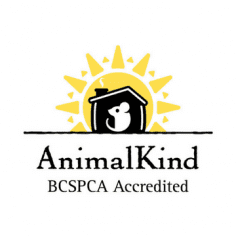 Any company can call themselves “humane” – but like many food-labelling claims, it doesn’t mean they are using animal-friendly methods. To help make your choice easy, the BC SPCA developed AnimalKind.
Any company can call themselves “humane” – but like many food-labelling claims, it doesn’t mean they are using animal-friendly methods. To help make your choice easy, the BC SPCA developed AnimalKind.
AnimalKind is the first-ever animal welfare accreditation for pest control companies. AnimalKind companies meet the BC SPCA’s science-based standards (PDF) and have to pass an audit before they are accredited.
Call an AnimalKind company to help you with rodents and other wildlife in your home.
If AnimalKind companies are not yet available in your area, make sure to ask the following questions before hiring a company:
- “Do you trap and relocate wildlife?” A good wildlife control company prioritizes prevention and exclusion and only releases wildlife in their home range when exclusion techniques are not possible. In baby season, good companies will ensure all young are reunited with mom. Animals that are live trapped and removed from an interior space will be released within their home range.
- “Do you use non-lethal techniques?” A good wildlife control company will control most wildlife non-lethally. However rodents such as mice and rats can cause significant health and safety issues and may need to be killed if prevention and exclusion techniques are limited, have been ineffective, or if the rodent population is a health and safety concern.
- “If you kill rodents, what techniques do you use?” Never hire a company that uses glue traps or multi-catch traps that do not open. Glue traps cause significant suffering and often catch non-target animals. Multi-catch traps like the “ketch-all” do not open and there is no way to humanely kill the animals caught inside.
- “What’s in the box?” Bait stations can hold snap traps, glue traps, or poisons or simply trap rodents inside without food or water, resulting in a slow death. Know what’s inside.
Thanks to the incredible advocacy of passionate wildlife lovers, on July 21, 2021, the province banned the sale and use of rodenticides containing the active ingredients brodifacoum, bromadiolone, or difethialone (known as second-generation anticoagulant rodenticides or SGARs). Exemptions are currently allowed for designated essential services and agricultural operators.
What is humane pest control?
When wild animals get into our yards and our homes, we sometimes call them “pests”. Rodents are the most common cause for pest control in our houses, but sometimes animals like raccoons, deer, rabbits and pigeons get into trouble too. Even “pests” deserve to be treated humanely.
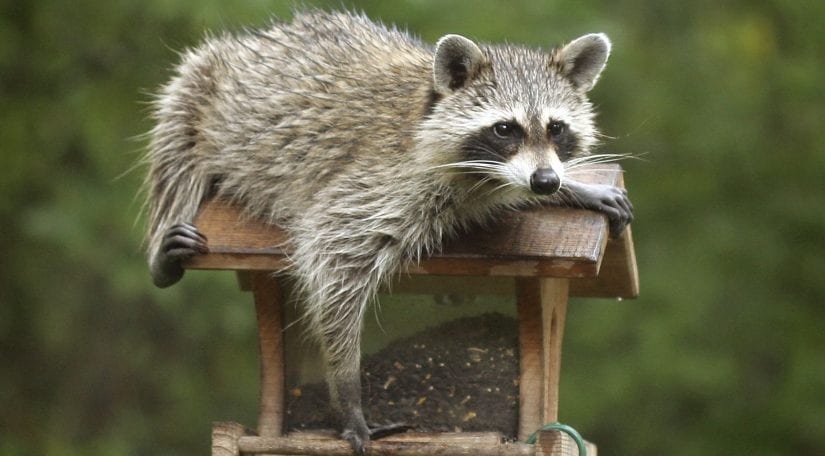
The best solution is to prevent the problem before it starts. Make sure you’re not accidentally giving them food (like pet food, bird seed, fruit trees, fish ponds) or shelter. Make sure your garbage and compost is in wildlife-proof containers. Seal gaps or holes in sheds, crawl spaces, attics and porches before they become a comfy nest or den.
Wildlife removal
Trapping and relocating wildlife is not a permanent or humane solution. Trapping in the wrong season can also orphan babies. If you have to remove an animal, call an AnimalKind company that gently removes them instead of trapping/relocating or killing.
If there are no AnimalKind companies in your area, use the questions above to find a humane pest control company.
Learn more about urban wildlife.
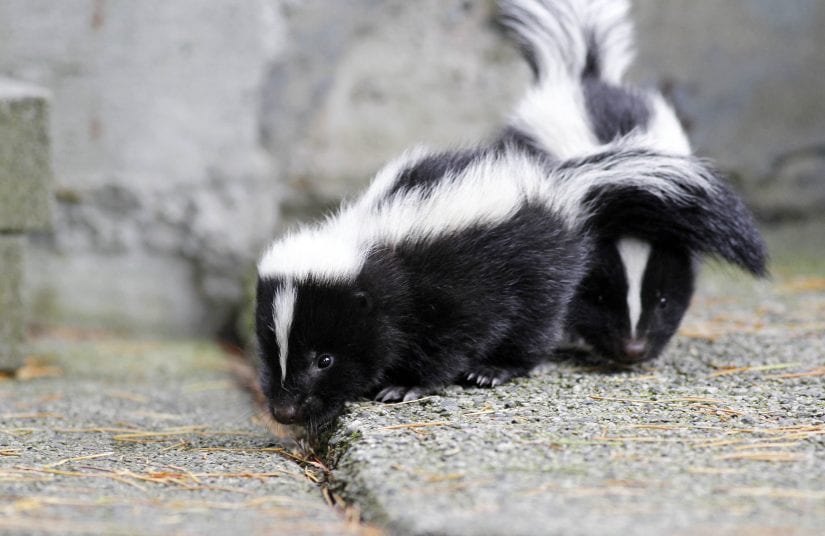
Glueboards, poisons and snap traps
Glueboards or glue traps are plastic or metal trays coated with glue designed to catch rodents. These traps are legal and can be found in stores, but they cause rodents and other animals to suffer tremendously. Birds, small wildlife and even pets can get caught in this sticky situation. Never use glueboards!
Rodent poisons or “rodenticides” are used widely, but they cause a slow and painful death. Rodenticides are also dangerous for owls, eagles and even cats that eat poisoned rodents.
Snap traps cause a quick death for mice and rats, but can be dangerous to wildlife and pets unless they are kept in a locked box or wall interior. Call an AnimalKind company if you need help with mice and rats in your home.
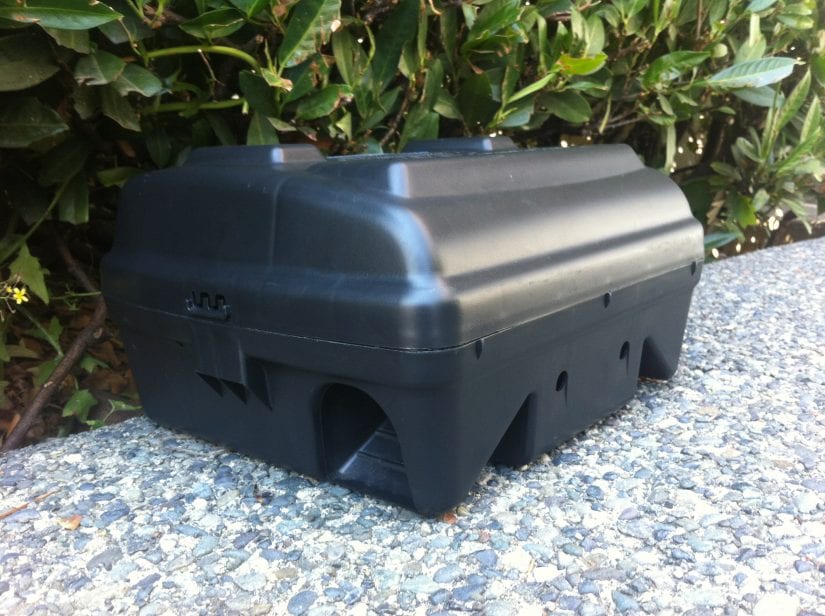
What is “humane”?
Any company can call themselves “humane” – but like many food-labelling claims, it doesn’t necessarily mean they are using animal-friendly methods.
In May 2021, thanks to a grant from the Vancouver Foundation, we conducted a poll* of 860 BC residents and learned “humane pest control” is still misunderstood. The term “humane” used in pest control still varies in definitions among BC residents surveyed since our last 2015 poll**.
When asked, what do you think the term ‘humane’ means in terms of pest control? Respondents could choose more than one response and they said ‘humane’ is:
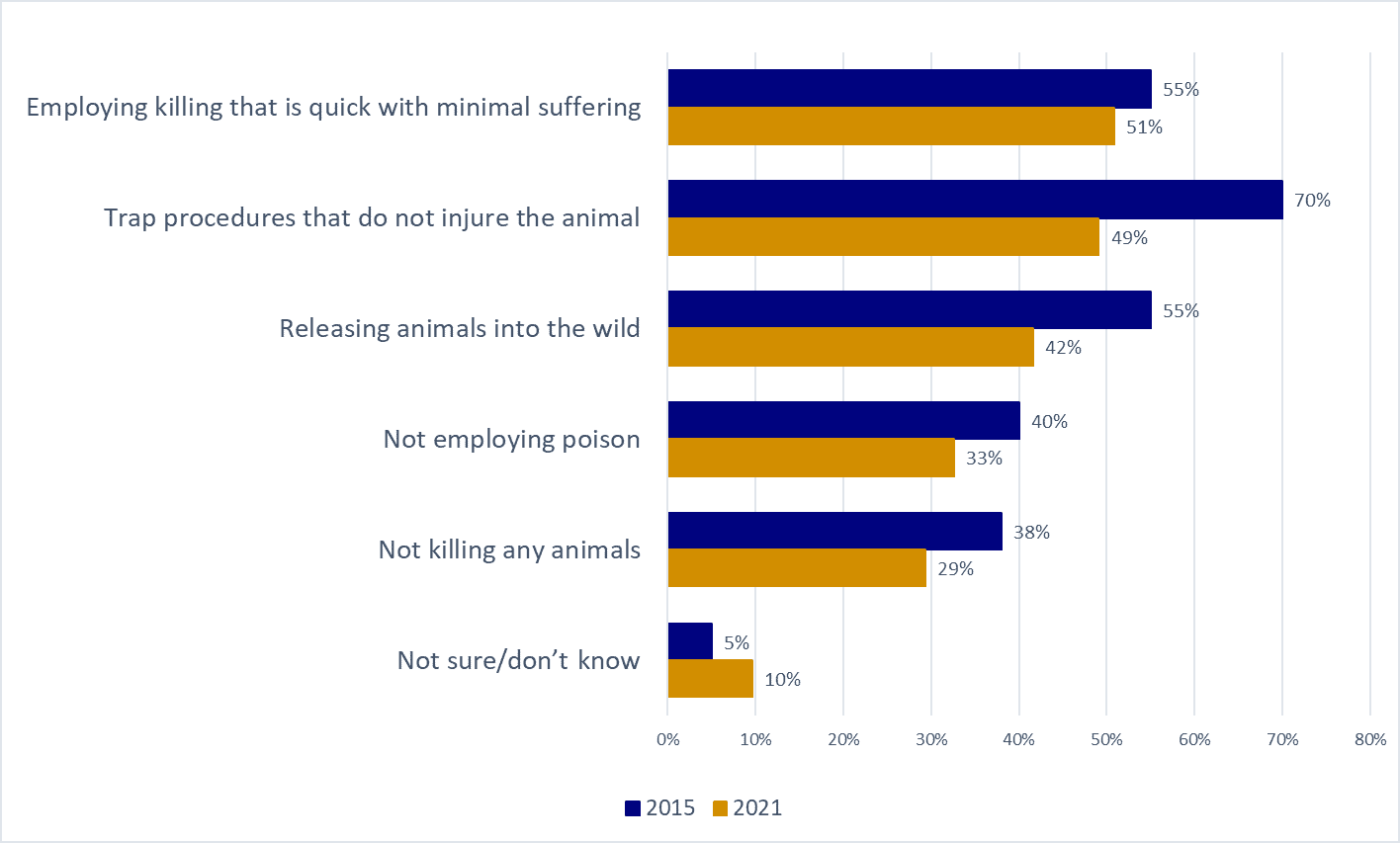
**Vision Critical poll conducted for the BC SPCA September 2015 (n=803, margin of error ±3.4%, 19 times out of 20)
Subscribe to AnimalKind to receive news and updates!
